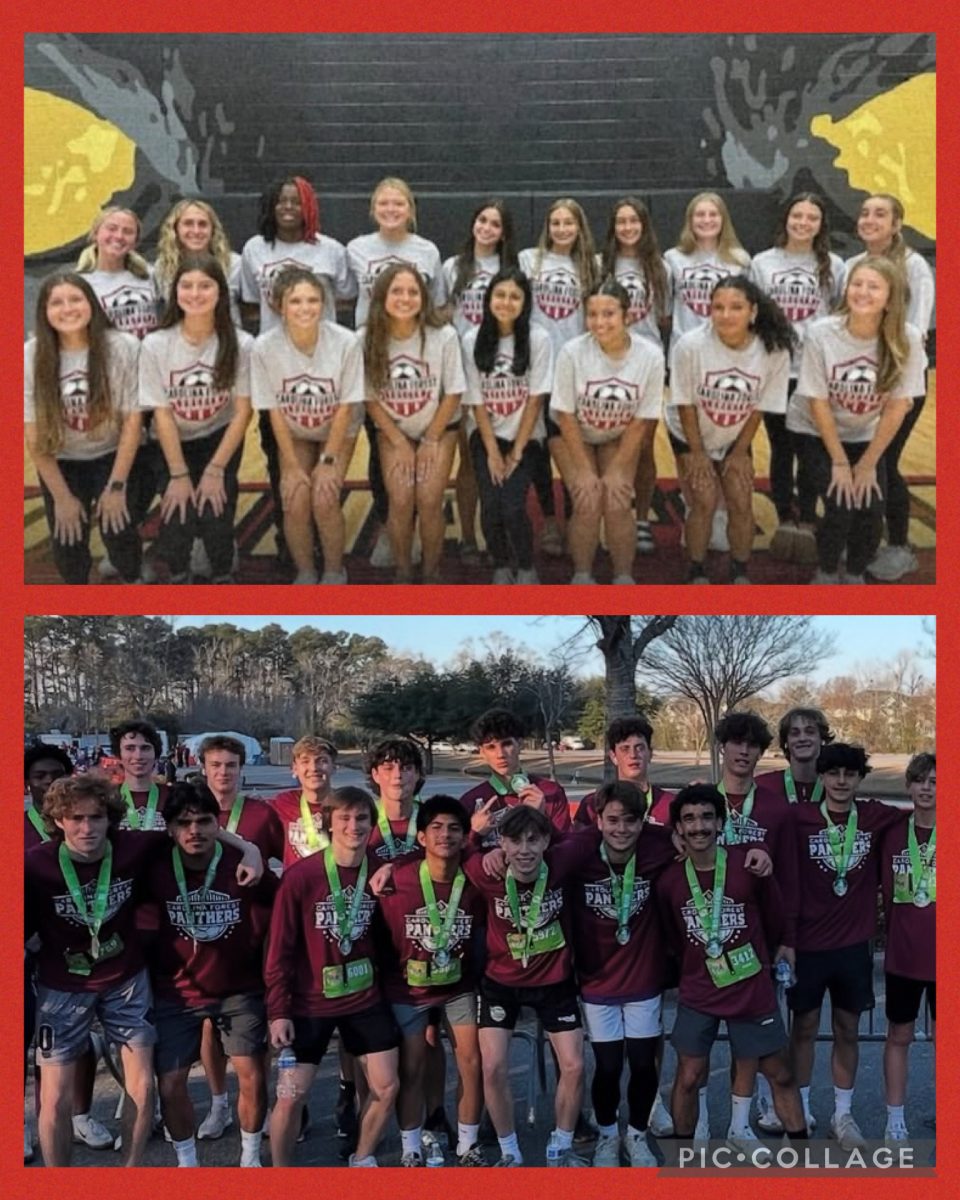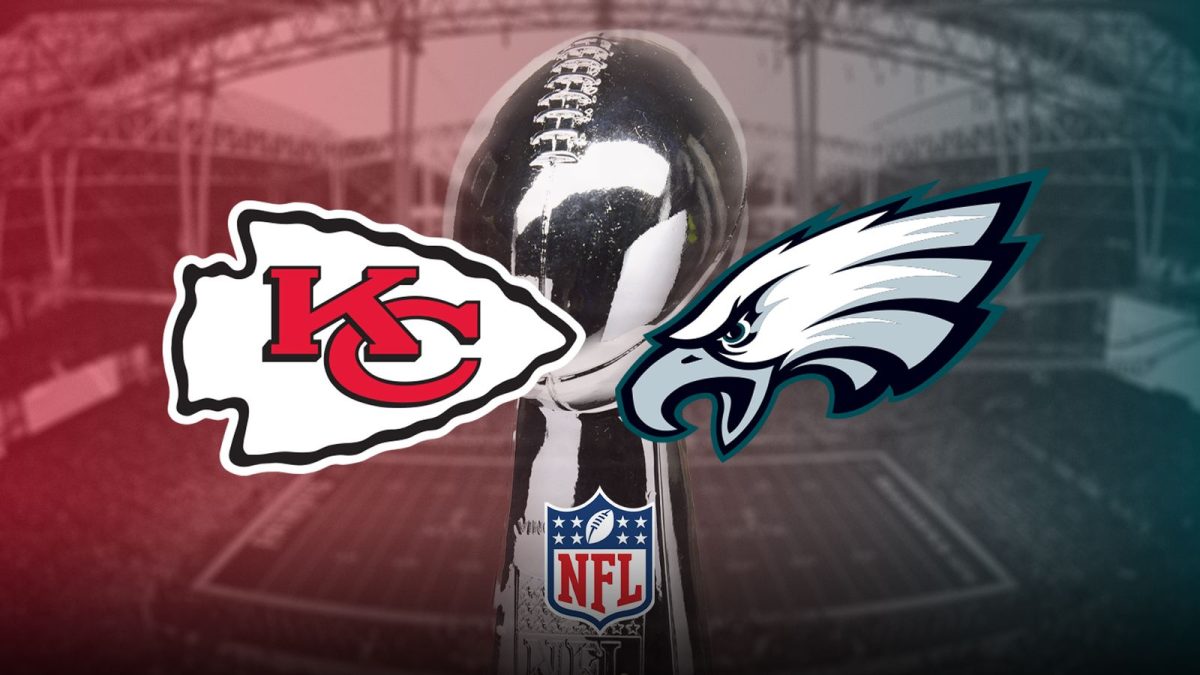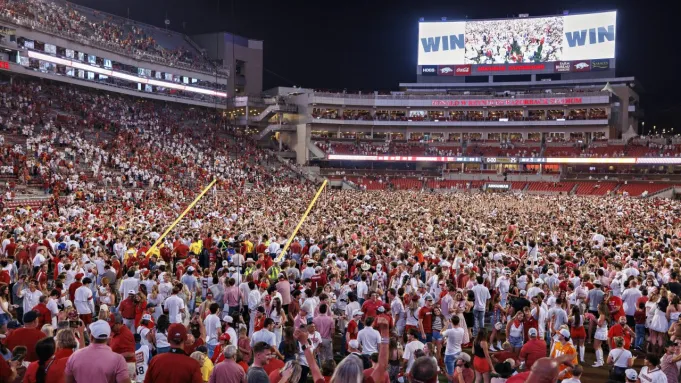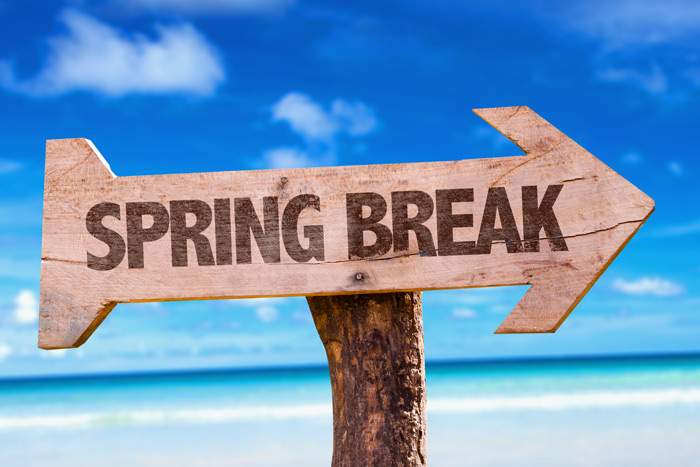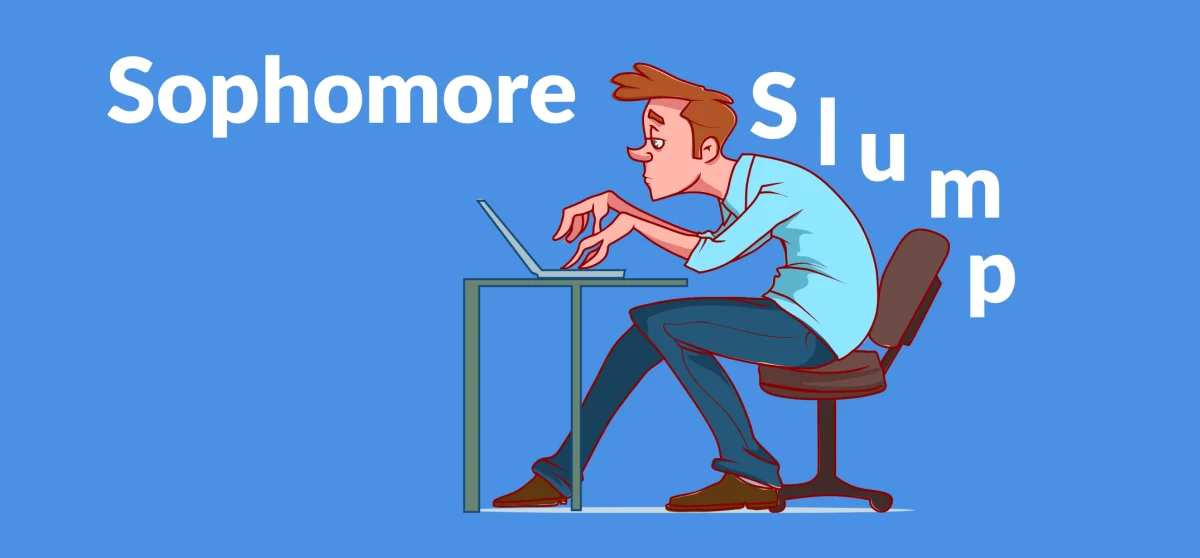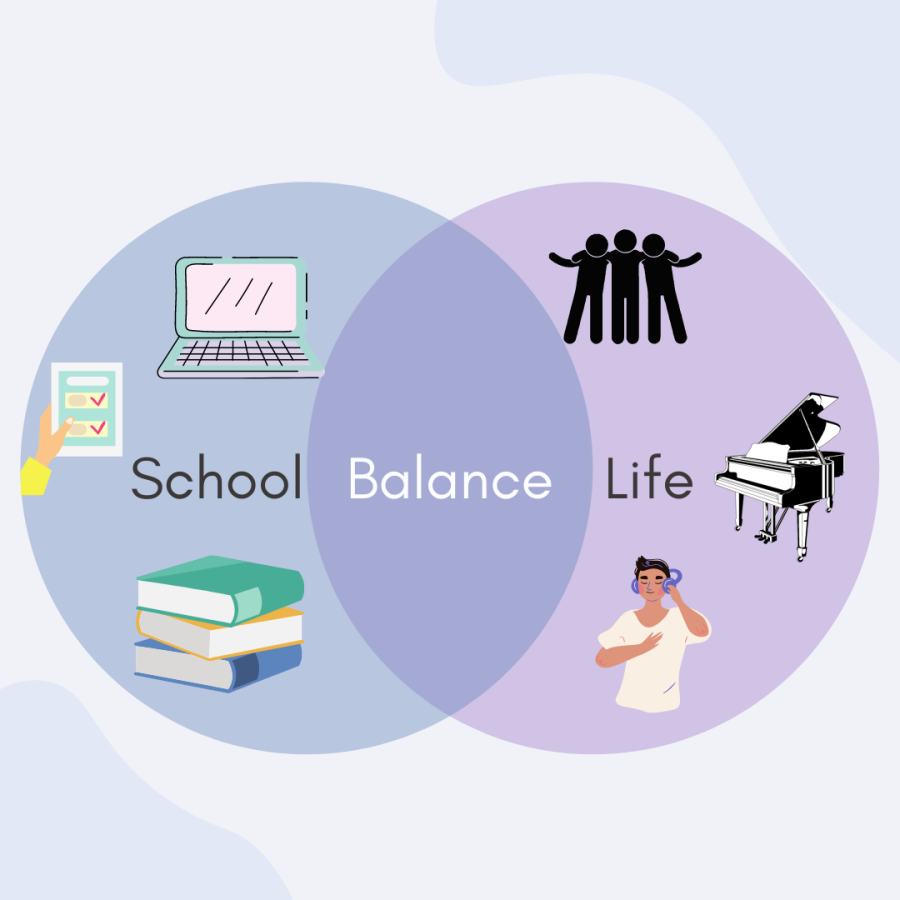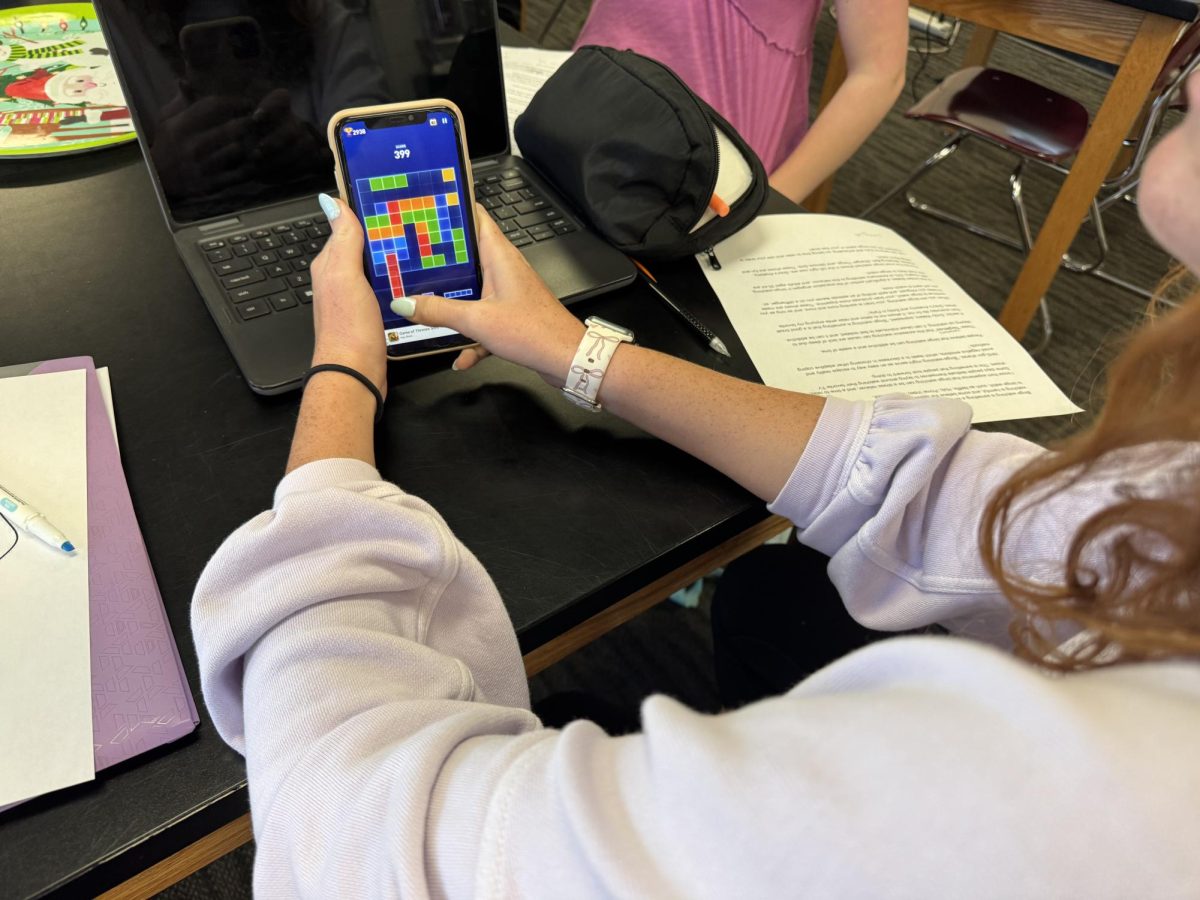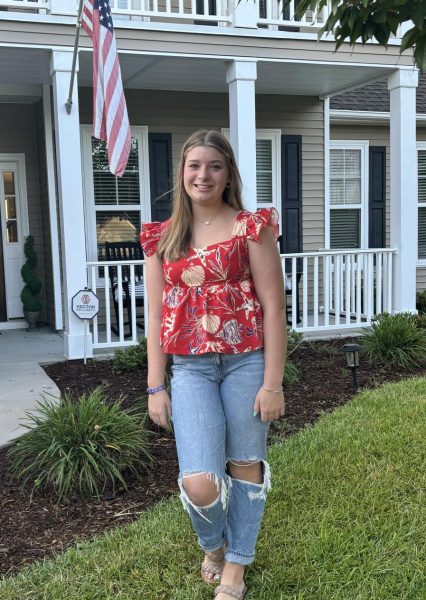Ups and Downs of Dress Code
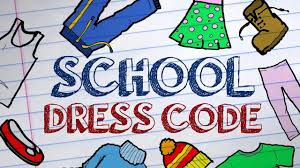
March 9, 2023
The topic of dress code has been considered controversial between students, parents and administrators for decades. At Carolina Forest High School our dress code consists of no head wear or face wear that covers the eyes/ head, no sagged pants, no midriff, straps must be at least three fingers long, skirts and shorts must reach down to the longest finger tip as well as clothing must have no foul language or suggestive signs; this is left up to interpretation based on the student and teacher.
Most parents love the idea of dress codes because they believe it helps with the safety of their child and is simply just beneficial in most aspects. Students tend to feel as if the dress code is targeted or that it limits there creativity on their clothing choices.
One of the main concerns that may be carried when having a dress code is the aspect of limiting students imaginations. Clothing can be seen as a way to express ones individuality, as well as something that can boost your self esteem.
Jaylee Sharp, a sophomore, shares, “I can’t really express myself with what I wear because of the dress code restrictions.”
Another thing that people may be concerned about is the rising insecurity amongst students that may be caused. A survey taken in Lauderdale high schools in Alabama found that 52.8% of people believe that dress code has impacted their self esteem both negatively and positively.
Joey Przybylski, a junior, says, “I’d like to say it doesn’t really affect me that much personally, but I can see how it could be biased and can stop people from exploring and showing off their own styles.”
Although there are claims of seeing dress code causing both a decline and incline in students with their mental health, there have been no studies proving either side of the argument.
Although there are many people who have negative beliefs behind dress codes, there are also others who believe that dress codes can’t only make school more professional but believe that dress codes give students an opportunity to express themselves within limits opposed to uniforms. Patricia Blanding-Stewart implemented a study on the matter, and schools in Pennsylvania had shown that schools with dress codes tend to have higher test scores.
Mrs. Camille Edwards, a teacher at CFHS, claims,”School prepares us for the real world, And in most future job positions, you’ll have a dress code. So the dress code is simply helping students become prepared for the real world.”
Throughout the arguments to see how dress codes impact schools, there are no correct answers. Dress codes have both positives and negatives that impact students.









